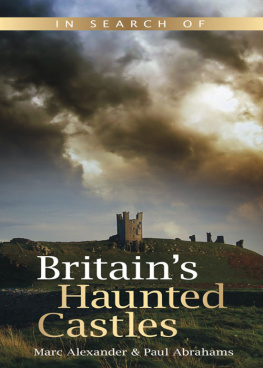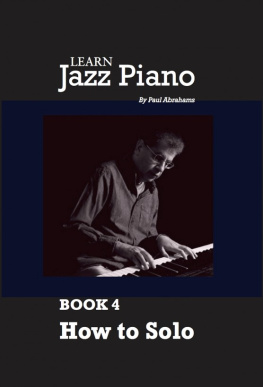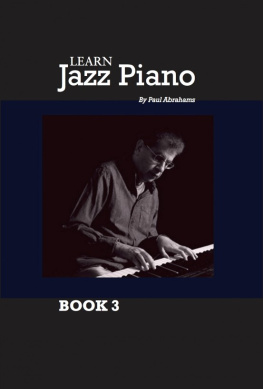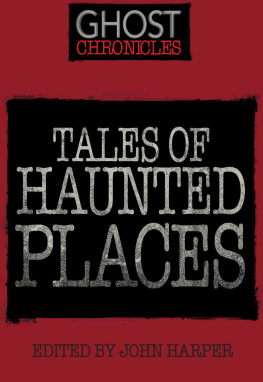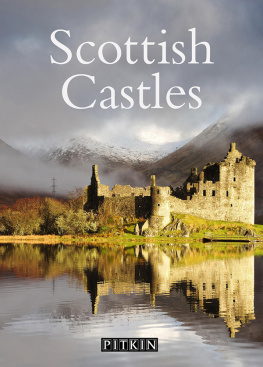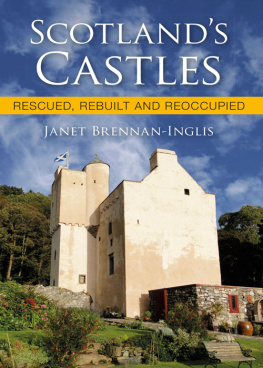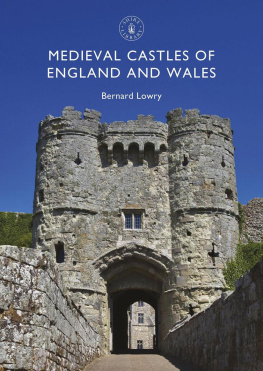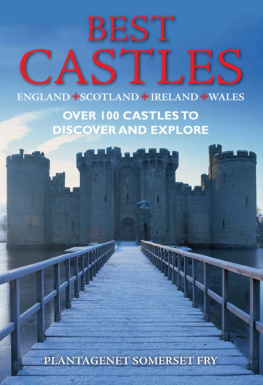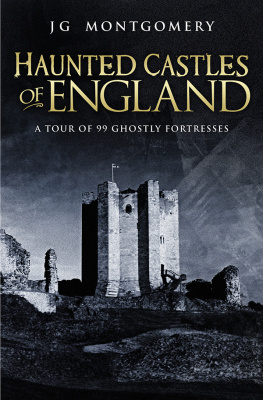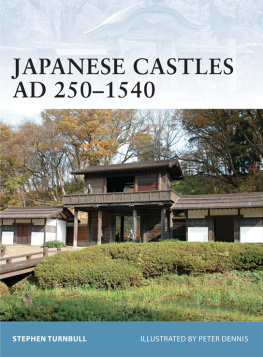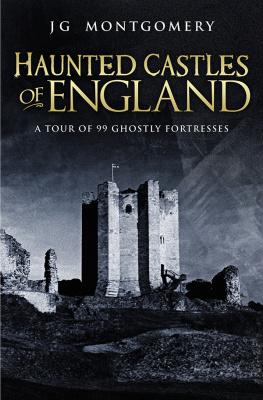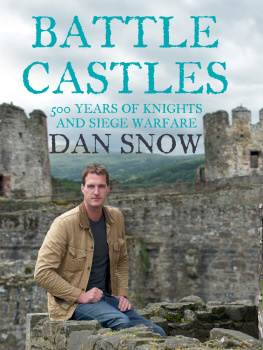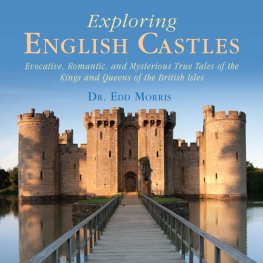

Warwick Castle.
CONTENTS
Glamis Castle

1. Alnwick Castle
2. Arundel Castle
3. Bamburgh Castle
4. Berry Pomeroy Castle
5. Bramber Castle
6. Caerphilly Castle
7. Carlisle Castle
8. Castell Coch
9. Cawood Castle
10. Castle Rising
11. Claypotts Castle
12. Closeburn Castle
13. Corgarff Castle
14. Cortachy Castle
15. Crathes Castle
16. Culzean Castle
17. Dacre Castle
18. Dilston Castle
19. Dover Castle
20. Dunstaffnage Castle
21. Dunstanburgh Castle
22. Duntrune Castle
23. Dunvegan Castle
24. Edzell Castle
25. Featherstone Castle
26. Fyvie Castle
27. Glamis Castle
28. Goodrich Castle
29. Greystoke Castle
30. Hastings Castle
31. Haughton Castle
32. Hermitage Castle
33. Herstmonceaux Castle

34. Hever Castle
35. Huntingtower Castle
36. Hylton Castle
37. Inveraray Castle
38. Jedburgh Castle
39. Lowther Castle
40. Ludlow Castle
41. Lympne Castle
42. Meggernie Castle
43. Moy Castle
44. Muncaster Castle
45. Naworth Castle
46. Powis Castle
47. Prudhoe Castle
48. Rait Castle
49. Rochester Castle
50. Roslin Castle
51. Scotney Castle
52. Sherborne Castle
53. Spedlins Tower
54. St Donats Castle
55. Taunton Castle
56. Thirlwall Castle
57. Tintagel Castle
58. Tiverton Castle
59. Tower of London
60. Triermain Castle
61. Warkworth Castle
62. Warwick Castle
63. Windsor Castle
I n Italy when a traditional ghost story is told it often begins with the words Cera una volta un castello in Cornovaglia (There was once a castle in Cornwall ). Such an opening indicates that Britains reputation for its ghostlore remains as intriguing as ever. This book is for those interested in ghostlore and castles and for those who wish to visit the scenes of paranormal legend.
The length of the entries varies greatly. The reason is that the wordage reflects what is known about the haunting. For example, some sites are merely haunted by an anonymous white lady whose story has long been forgotten. There is little that can be written about her. On the other hand, many castles have spectres that go back far in history and their stories are well documented, such as the case of a man found guilty of murder on evidence based on trial and the appearance of an apparition at Cawood Castle.
A number of haunted castles have royal ghosts which is not surprising when one considers the role of the castle in British history. No one realised the potential of the castle more than William the Conqueror. In 1066 he brought six prefabricated wooden castles across the Channel, and as soon as he was King of England began building castles to control the subject population and hold back the undefeated Celts of Wales and Scotland. Through castles Williams feudal system was maintained.
To the conquered Saxons the new Norman motte and bailey castles built on earthen mounds with protected courtyards must have appeared as bitter symbols of oppression, especially when the first hurriedly erected wooden fortifications were replaced with frowning stone keeps. But apart from being a symbol of oppression, the castle also offered security to the local population when the barons cavalry rode out across the drawbridge to counter reivers and bandits.
But in times of anarchy, such as in the reign of King Stephen, masters of castles could become laws unto themselves as noted by the authors of the Anglo-Saxon Chronicle:
Every powerful man built his castles and held them against him (the king) and they filled the country full of castles. They oppressed the wretched people of the country severely with castle building. When the castles were built they filled them with devils and wicked men. Then both by night and by day they took those people they thought had any goods both men and women, put them in prison and tortured with indescribable torture to extort gold and silver I have neither the ability nor the power to tell all the horrors or all the torments then inflicted upon the wretched people in this country. And that lasted nineteen years while Stephen was king, and it was always going from bad to worse.
It is of little wonder that many castles became haunted.
In this book the question as to what ghosts are, or even if they exist, does not arise. The fact that down the centuries thousands of people have believed in them is enough and, in order to avoid the boring repetition, words and expressions referring to ghostly manifestations in castles as reputed, alleged, it is claimed, or some say are omitted. Here ghosts are written about as factual. Disbelief is suspended and phantoms do walk castle walls and re-enact tragedies.
Many of the castles mentioned in these pages are open to the public. Because opening times can vary or be cancelled for building work or special functions, for example it is advisable to check when planning specific visits, especially if a long journey is involved. As most castles open to the public have websites, up-to-date information is easily available on the internet. Ruins that do not need a permanent custodian may be visited at any reasonable time.
Castles on private land, or closed to the public, can still be viewed from road or path without invading the privacy of their residents but it must not be forgotten that an Englishmans castle is often his home.
Marc Alexander & Paul Abrahams, 2012
Unless otherwise stated, all photographs were taken by the authors.
T oday Alnwick Castle retains an aura of magic due to being portrayed as Hogwarts in the Harry Potter films. It is a castle that one would expect to be haunted as stretching back through its long history nine of its lords have died in violent or mysterious circumstances. Yet it was not a spectral knight or white lady who frightened those who once lived under its shadow it was something much more terrifying.
Guarding the Border town of the same name, the castle is often referred to as The Windsor of the North and is the home of the Duke and Duchess of Northumberland. Its origins go back almost a thousand years to when Gilbert de Tesson, who had been Duke Williams standard-bearer at the Battle of Hastings, became the first Norman master of the region. After he rebelled against William Rufus, the site passed to Yvo de Vescy who began to build a fortification there as a protection against Scottish raiders.
The present castle was begun by his son-in-law, Eustace Fitzjohn, in 1140. It was attacked on several occasions by the Scots, and in 1403 Henry IV captured it when its then owner, Henry Percy, rebelled against him. It was besieged again in 1462 during the Wars of the Roses but escaped the attentions of both sides in the Civil War due to its owners neutral policy.
In 1755 the 1st Duke of Northumberland commissioned Robert Adam to restore it and it is to him it owes its Gothic appearance and the lead statues stationed on the battlements which are such a striking feature today.
Next page
